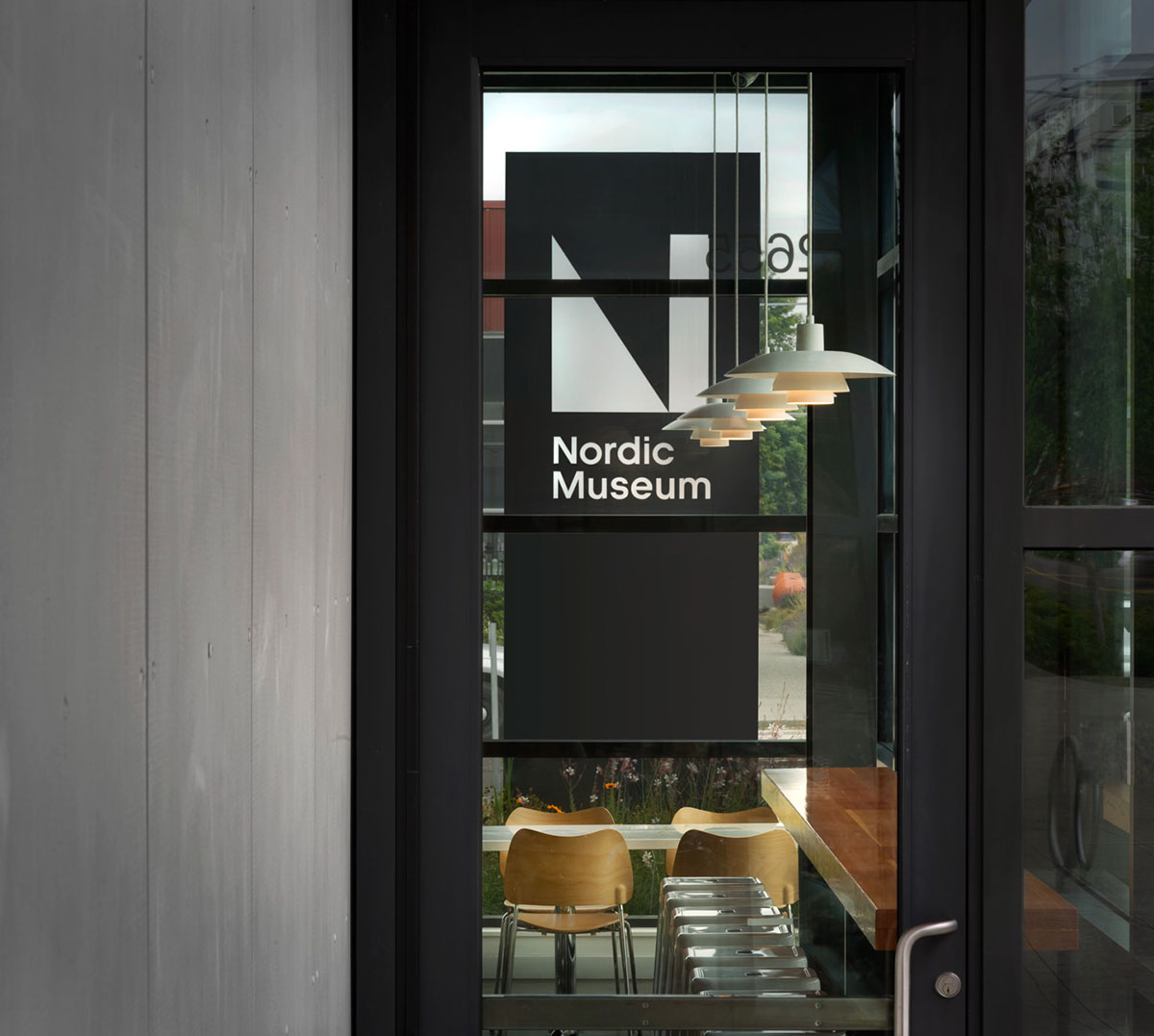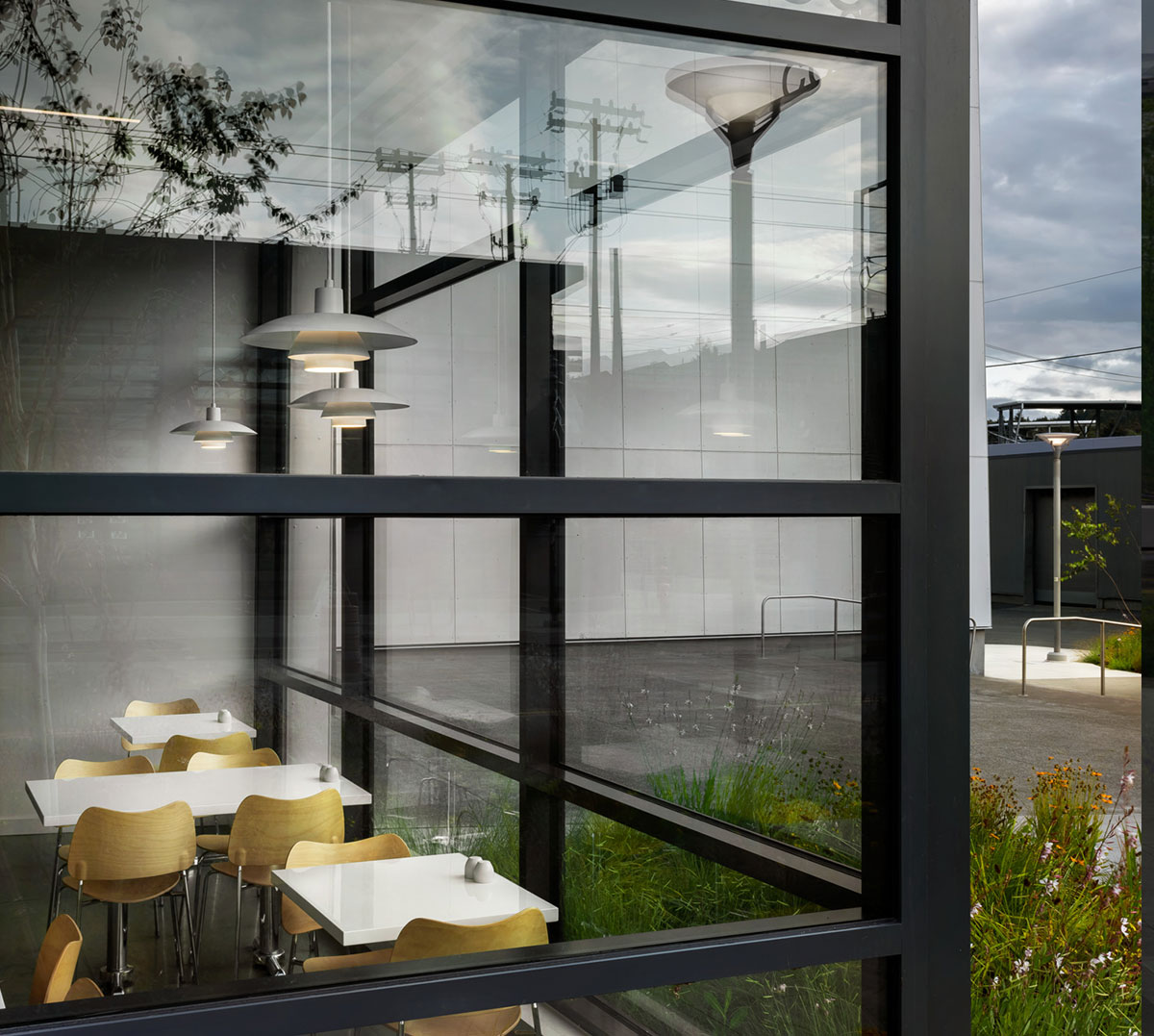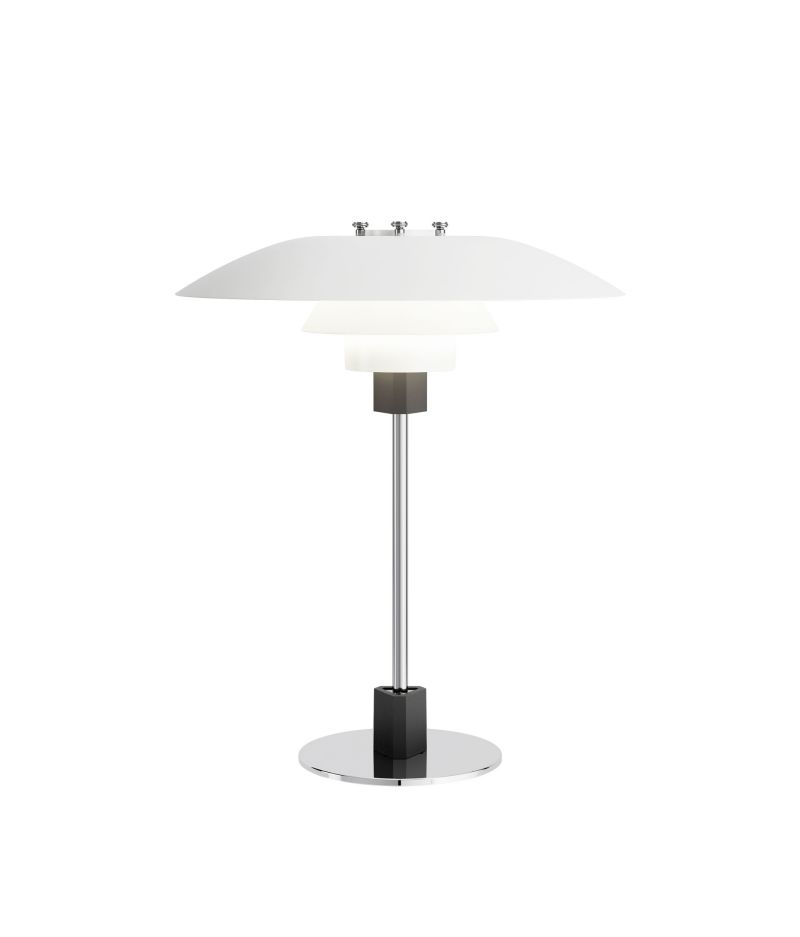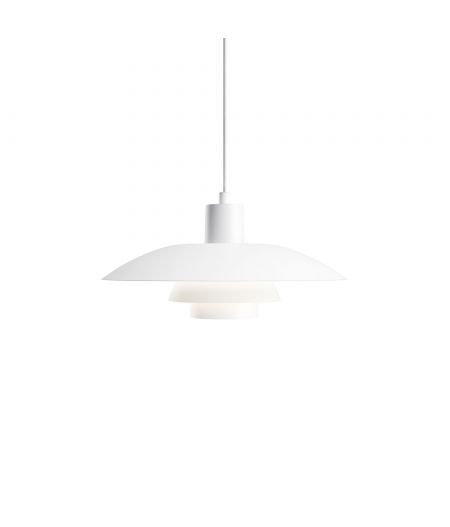PH 4/3
PH 4/3 TABLE
€940.00
Tax included
Delivery time: 4 weeks
The fixture is designed with a set of reflective shades, which directs most of the light downwards. The shades are made of white painted metal to emit a soft, diffused light.







